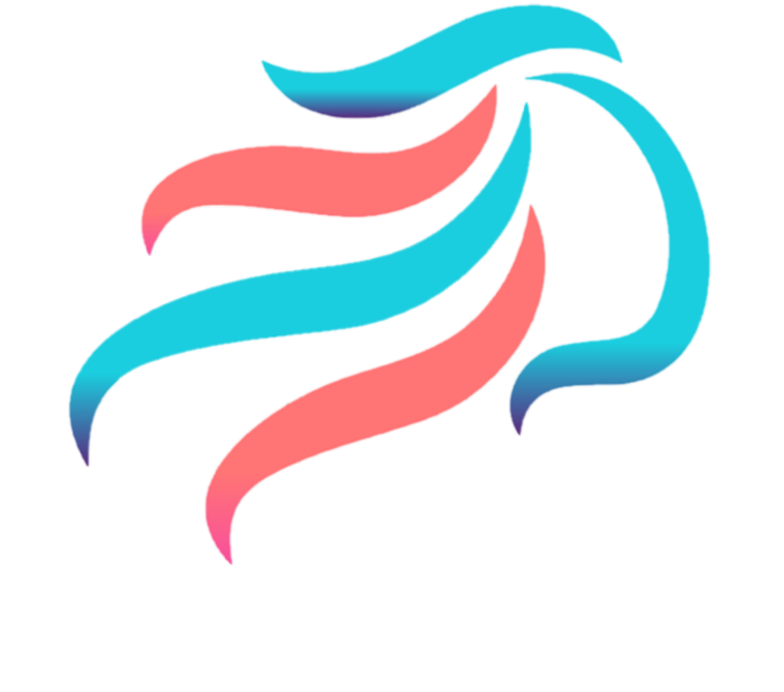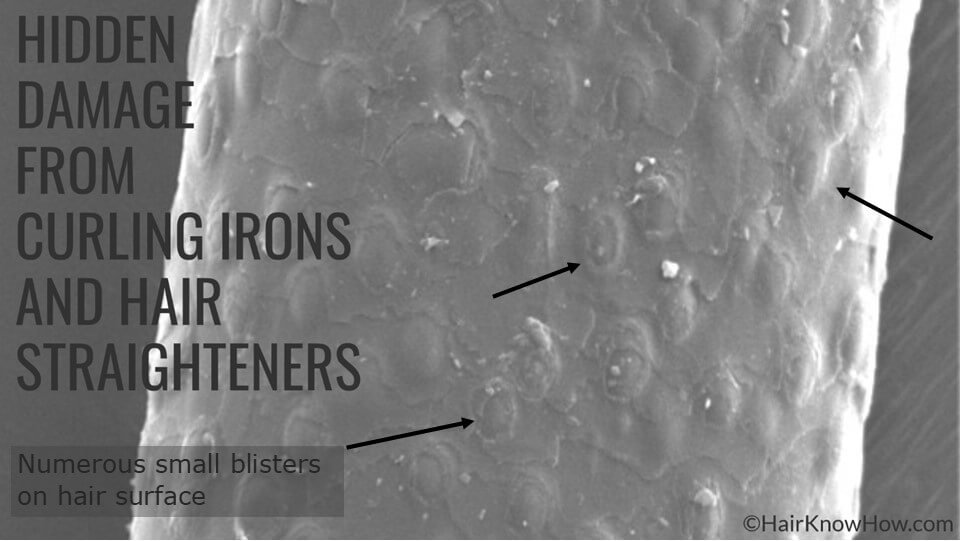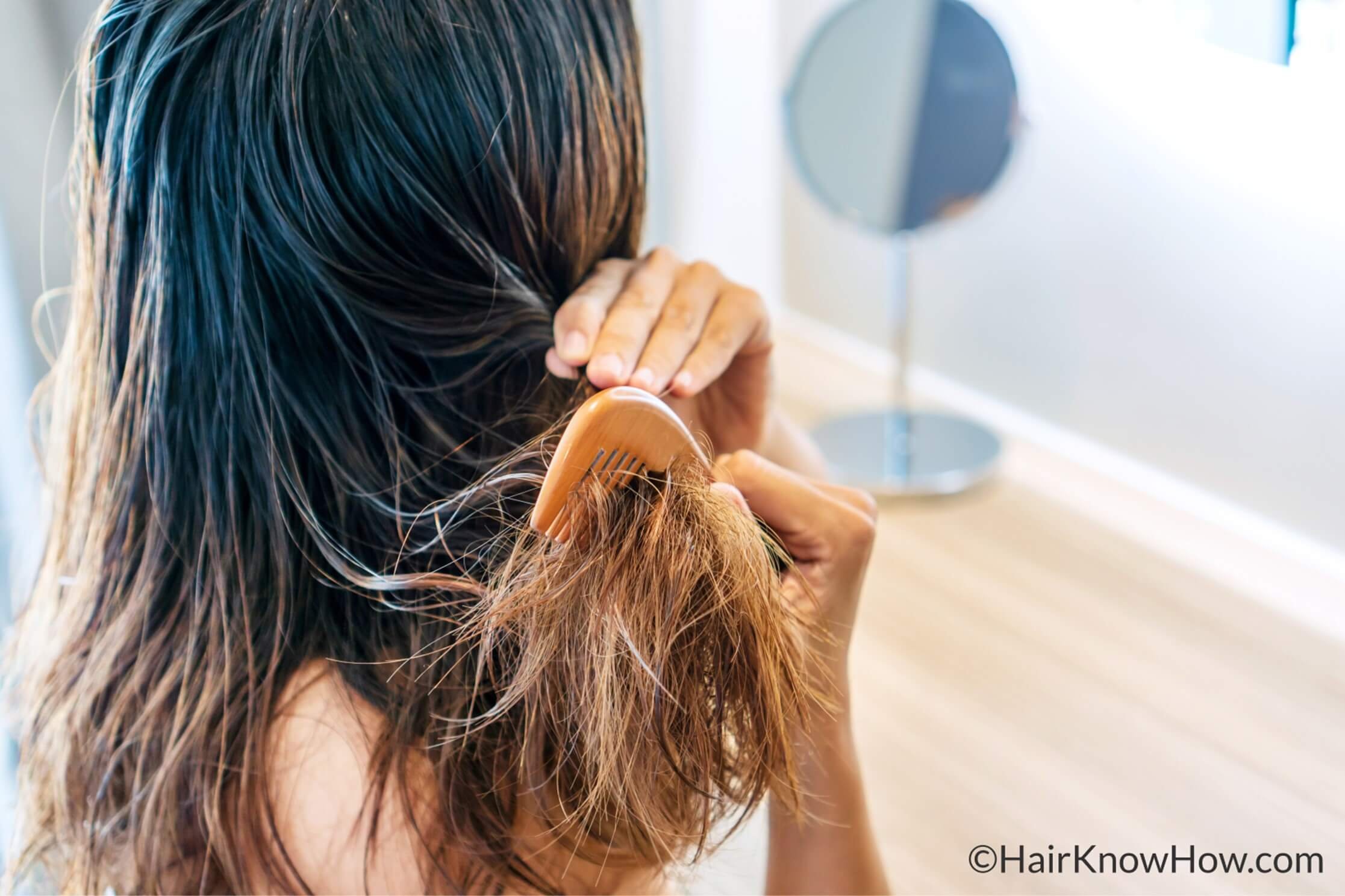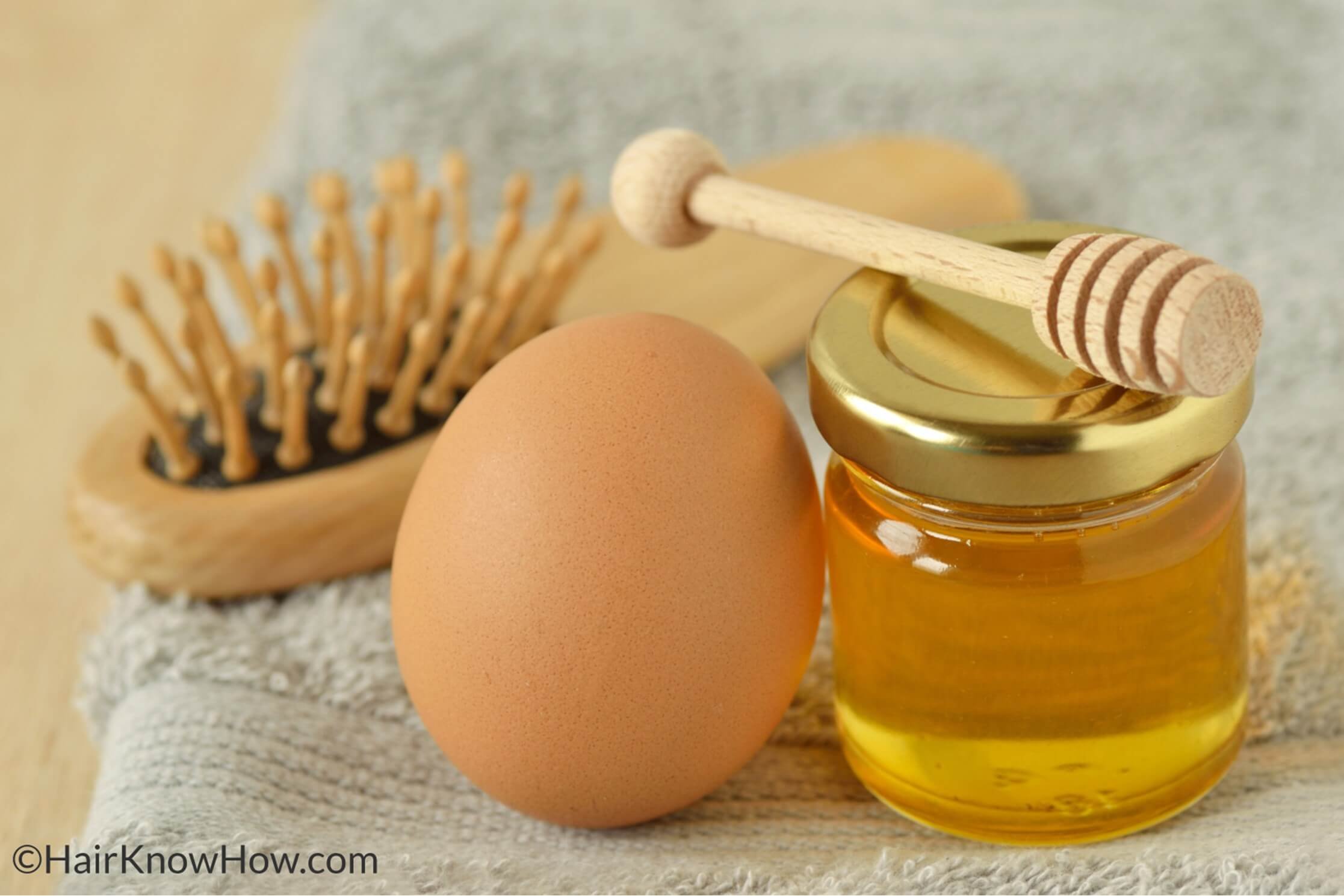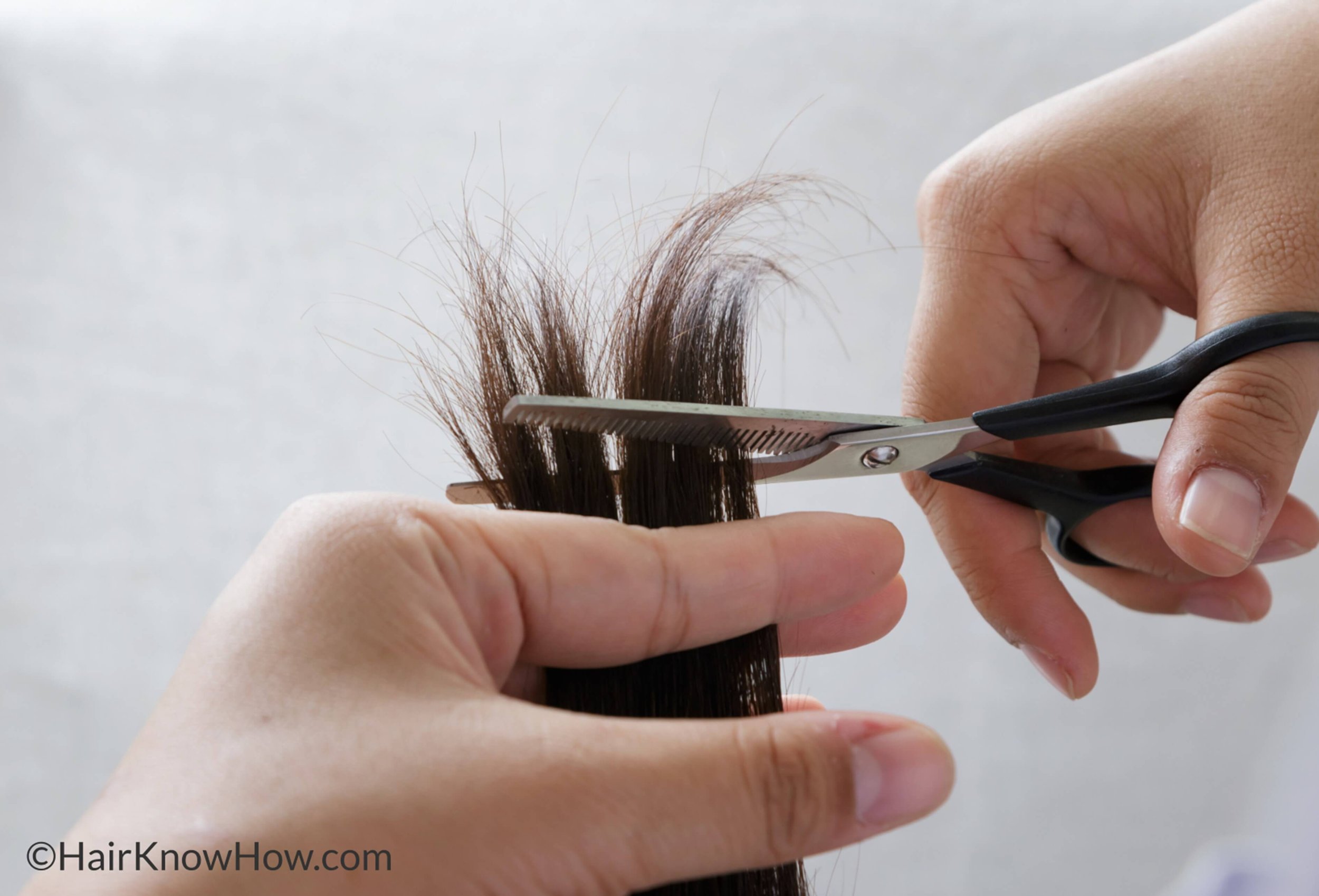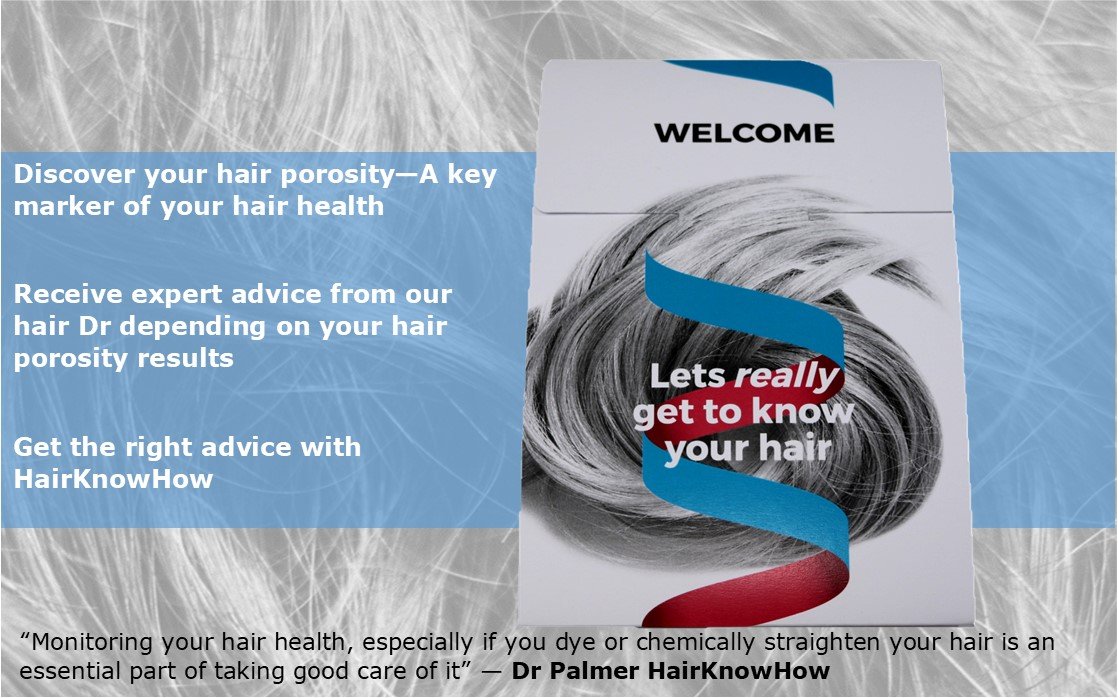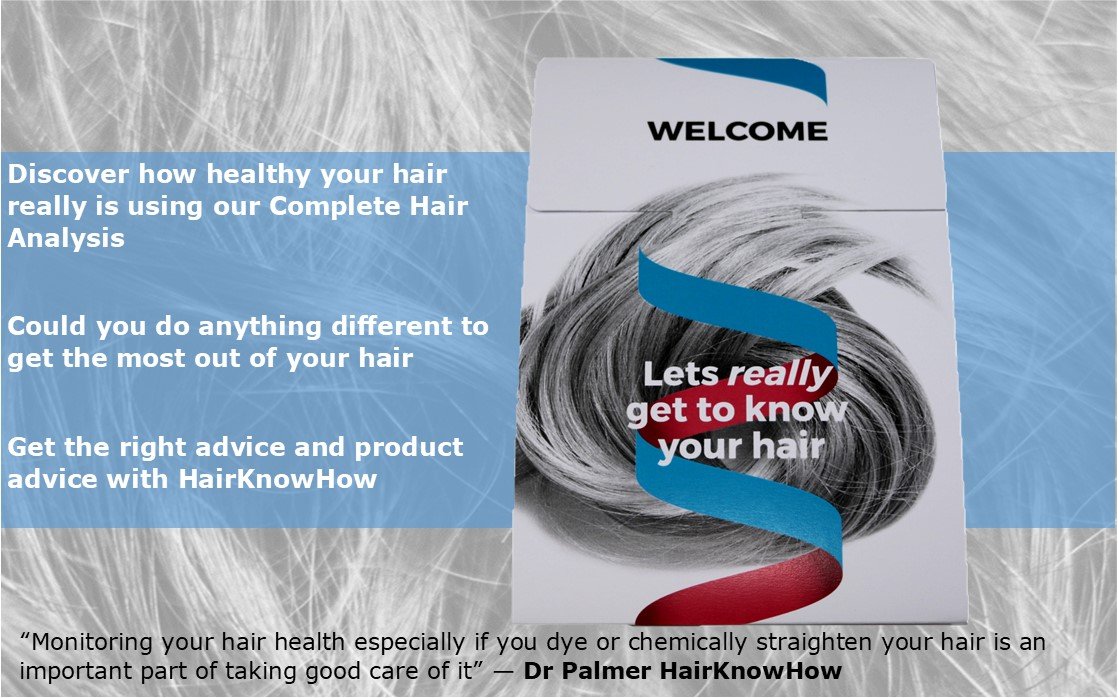Damaged Hair - Everything You Need To Know
Your hair is your crowning glory. It’s one of the first things people notice about you, which can affect your confidence levels. So when your hair is damaged, it can be a big blow to your self-esteem.
Damaged hair can be caused by several factors, including over-processing (chemical colour and straightening treatments), heat damage, and environmental damage. And once your hair is damaged, it can be challenging to get it back to its healthy state.
In this blog post, we’ll explore everything you need to know about damaged hair. We’ll cover the causes, the symptoms, and the treatments. We’ll also give you some tips on how to prevent damage in the first place. So whether you’re dealing with hair damage now or you want to avoid it in the future, read on for everything you need to know.
The Different Types of Damaged Hair
When it comes to damaged hair, a few different types of damage can be distinguished. The first type is heat damage, which occurs when your hair is subjected to high temperatures from styling tools such as curling irons, flat irons, and blow dryers. This type of damage can make your hair dry, brittle, and more susceptible to breakage. Heat damage affects the hair surface (the cuticle) and interior (the cortex).
Hidden damage caused by excessive heat when straightening or curling hair with hot irons.
The second type is chemical damage, which happens when your hair is subjected to harsh chemicals such as those found in bleaching products or perm solutions. This can strip away your hair’s cuticle, natural moisture and oils in your hair, leaving it dry and prone to tangles and breakage.
Hidden cuticle and cortrex damage caused by chemical treatments such as colour and chemical straightening.
The third type of damage is physical damage, caused by things like too much brushing, brushing too hard, or rubbing, tight hairstyles that pull on the roots, or harsh shampoos and conditioners. Physical damage tends to impact your cuticle layer first and lead to split ends, frizziness, a general lack of shine and a healthy appearance.
Example of hair damage caused by excessive brushing and chemical damage.
All three types of damage can be highly detrimental to the health of your hair, so it’s essential to take steps to prevent them if possible. If you experience any hair damage, some treatments can help repair some of the damage to your hair and get it back to looking its best.
Causes of Damaged Hair
There are many causes of damaged hair. Here are some of the most common:
Overwashing: Washing your hair too often can strip it of its natural oils, leading to dryness and damage.
Over-processing: Using a lot of heat styling or chemical treatments, such as bleaching, can also damage your hair.
Lack of moisture: Your hair needs to be hydrated from the inside out in order to stay healthy. If you don’t drink enough water or eat a healthy diet, this can lead to dry, damaged hair. Using sulfate-containing shampoos without hair oils can also lead to poor hair hydration.
- Environmental factors: Sun exposure, wind, and chlorine can all damage your hair and make it more susceptible to breakage.
Prevention of Damaged Hair
When it comes to damaged hair, prevention is always better than cure. Here are some tips to help prevent damage to your hair:
Use a gentle shampoo (sulfate-free shampoo) and conditioner. Avoid products that contain harsh chemicals or sulfates.
Limit heat styling. If you use heat styling tools, use a low setting and incorporate a heat protectant product.
Don’t overdo it with hair colour or bleach. If you colour your hair, use a quality product and try to leave it longer than nine weeks between treatments – stick to your natural colour or go one shade lighter or darker. And if you must bleach your hair, get it done professionally.
Be careful with brushing wet hair. Wet hair is more susceptible to breakage, so brush gently with a wide-toothed comb and avoid yanking or pulling at tangles.
Trim your hair regularly. Regular trims (every 6-8 weeks) will help keep split ends at bay and prevent further damage from propagating within your hair fibres.
Treatment of Damaged Hair
Your hair is your crowning glory, so you must take good care of it. Several factors, including over-styling, heat damage, and chemicals, can cause damaged hair.
If you have damaged hair, the first step is to assess the damage. If it’s just a few split ends, then you can trim them off and move on. But if your hair is dry, brittle, and full of frizz, you must take action.
The next step is to figure out what’s causing the damage. If you’re using a lot of heat-styling tools or exposing your hair to harsh chemicals, those are likely the culprits. Once you know what’s causing the damage, you can take steps to avoid it in the future.
In the meantime, there are plenty of ways to treat damaged hair. You can use deep-conditioning treatments, protein treatments, and hot oil treatments to help nourish and fortify your strands. And be sure to use a leave-in conditioner or serum on damp hair before styling to help protect your hair from further damage. Try to make sure that any heat protection or deep conditioning treatment contains coconut oil - it’s the best and prevent ingredient to help protect against for this type of damage.
At-Home Remedies for Damaged Hair
If you’re looking for at-home remedies to help repair damaged hair, you’ve come to the right place. In this section, we’ll share some of our favourite DIY recipes for damaged hair.
Each of these recipes contains ingredients known to nourish and revitalize damaged hair. We’ll start with a simple conditioning treatment you can use once or twice weekly. Then we’ll move on to a more intensive mask perfect for repairing severe or deep damage.
Conditioning Treatment:
1 cup of warm water
1/4 cup of apple cider vinegar
1/4 cup of honey
1/2 teaspoon of olive oil
1/2 teaspoon of prewarmed raw virgin coconut oil
Mix all ingredients together in a bowl and apply to clean damp hair. Cover with a shower cap and let sit for 30 minutes. Rinse thoroughly with warm water and shampoo as usual.
Intensive Mask:
1/2 cup of mashed avocado
1/4 cup of olive oil
1/2 teaspoon of prewarmed raw virgin coconut oil
1/4 cup of honey
One egg yolk
Mix all ingredients together in a bowl and apply to clean damp hair. Cover with a shower cap and let sit for 30 minutes. Rinse thoroughly with warm water and shampoo as usual.
When to See a Dermatologist or Trichologist
If your hair is severely damaged and patchy, it’s essential to consult hair experts such as those at HairKnowHow or see a reputable dermatologist or trichologist as soon as possible. They will be able to assess the damage and determine the best course of treatment. Sometimes, the aesthetic damage can be repaired with treatments such as hair transplants and micro scalp pigmentation or remedied with over-the-counter high street products. However, the damage may be permanent in some cases, and you may need to learn to accept and love your new hair.
How to get rid of frizzy hair in 5 minutes
If you’re dealing with frizzy hair, you know the struggle is real. Trying to tame your mane can be a serious nightmare, especially if you don’t have much time. Luckily, we’ve got some tips and tricks to help you get rid of frizzy hair in just 5 minutes!
First things first, you’ll want to start by using a detangler. This will help to remove any knots or tangles in your hair, which can contribute to frizz. Once your hair is tangle-free, apply a generous amount of leave-in conditioner to your locks. This will help to add moisture and hydration, which is vital for combating frizz.
Next, grab a microfiber towel and gently blot your hair to remove any excess water. You don’t want to rub your hair too vigorously, as this can actually make frizz worse. Once your hair is mostly dry, apply a heat protectant spray before using a flat iron or a curling iron on your strands. This will help to protect your hair from heat damage, which can also lead to frizz.
Finally, finish off with a light-hold hairspray to keep everything in place. And that’s it! In just 5 minutes, you’ve got smooth, sleek locks that are free of frizz!
How to make bleached hair soft and silky
If you’ve recently bleached your hair and it’s now dry, brittle, and feels like straw, don’t worry – there are things you can do to get your soft, silky locks back.
First, use a moisture-rich shampoo and conditioner designed for damaged hair - ideally containing coconut oil. Avoid heat styling as much as possible, and when you have to use heat, use a heat protectant spray beforehand.
Get regular trims to get rid of any split ends, and use a deep conditioning treatment or hair mask once a week.
Finally, ensure you’re drinking plenty of water and eating a healthy diet – this will help your hair from the inside out.
How to get rid of frizzy hair permanently
If you’re one of the unlucky few who suffer from frizzy hair, you know how frustrating it can be to try to achieve a smooth, sleek look. The good news is that you can do a few things to get rid of frizzy hair permanently.
The first step is to identify the cause of your frizzy hair. You can do this with the Complete Hair Analysis from HairKnowHow. If your hair is naturally dry or curly, it’s more susceptible to frizz. Environmental factors like humidity can also contribute to frizzy hair.
Once you know what’s causing your frizz, you can take steps to combat it. If your hair is dry, use a deep conditioner once a week and avoid heat styling as much as possible.
Curly hair should be styled with products that add moisture and definition, such as curl creams or serums. And if humidity is the culprit, try using a leave-in conditioner or anti-frizz serum.
Regular trims every six weeks or so will remove the damaged ends of your hair that are prone to frizz. Regular trims remove much of the frizz and the accompanying pulling and styling damage reducing frizz in the present and future. This can ultimately result in net increases in healthy hair growth.
With a little effort, you can say goodbye to frizzy hair for good!
What does damaged hair look like
When it comes to damaged hair, there are a few tell-tale signs. First and foremost, damaged hair is often dry and brittle. It can also be dull and lifeless and may lack the healthy shine that healthy hair typically has. In addition, damaged hair is often more susceptible to breakage and split ends. Very heavy hair breakage can appear as additional hair loss; although the causes are different excessive hair can accumulate on both your pillow in the mornings or in the sink following conditioning.
If you’re unsure whether your hair is damaged, look closely at the ends. If they appear frayed or split, then your hair is indeed damaged.
How to fix heat damaged hair
If you have heat damaged hair, the first thing you need to do is assess the damage. If your hair is dry, brittle, or frizzy, you likely have some heat damage. Once you’ve determined that your hair needs some extra love, there are a few things you can do to help repair it.
Start by using a mild shampoo and conditioner to cleanse and hydrate your hair. Avoid using hot water when washing your hair, as this can further damage your strands. Instead, opt for lukewarm or cool water. When conditioning your hair, focus on the ends and avoid putting any product on your roots.
Once you’ve shampooed and conditioned your hair, use a wide-tooth comb to detangle it gently. Be careful not to tug or pull on your hair, as this can cause even more damage.
When styling your heat damaged hair, avoid using any heated styling tools. Instead, let your hair air dry or style it with cool air from a blow dryer. Diffuser attachments used on hair dryers are also a good option and offer protection from the direct heat from the hair dryer but speed up drying.
If your heat damage is severe, you may need to see a professional stylist for help repairing your hair. They can give you a deep conditioning treatment and make recommendations for products that will help restore moisture and strength to your strands.
What does heat damaged hair look like
If you’re not sure whether you have heat damaged hair, here are some signs to look for:
Your hair is dry and brittle.
Your hair is frizzy and unmanageable.
Your hair breaks easily.
Your hair feels straw-like.
You have split ends.
Your hair has lost its natural shine.
One tell-tale sign of hair breakage is an excessive buildup of hair in your brush that does not have a root bulb (part of the follicle) attached. This is a sign that the hair has snapped or broken. Hair that has been naturally shed will possess a small bump on the end that was attached to your scalp; this is typical of “normal” hair shedding.
If you notice any of these signs, heat damage is likely the culprit. To be absolutely sure, “The Complete Hair Analysis” from HairKnowHow can see any damage caused by heat and will eliminate any guessing. To repair heat damaged hair, you’ll need to give it some extra TLC. Start by using a deep conditioning treatment once a week and be sure to use a heat protectant spray before using any styling tools.
How to know if your hair is damaged
If you’re not sure if your hair is damaged, there are a few key signs to look for. First, take a close look at the ends of your hair. If they are split or frayed, that’s a good indication that your hair is damaged. You may also notice that your hair is dry and brittle. Another sign of damage is frizziness or flyaways.
If you suspect your hair is damaged, there are a few things you can do to test it. One common test is the strand test. To do this, take a small section of hair from near the bottom of your strands and pull it gently. If the hair stretches and then snaps back into place, it’s likely damaged.
Another test you can try is the elasticity test. To do this, wet a small section of your hair and then gently pull on it. If the hair feels stretchy and then bounces back into place, it’s likely in good condition. However, it’s probably damaged if the hair breaks or stretches without bouncing back.
If you’re still not sure whether your hair is damaged, consult with HairKnowHow or a dermatologist. They will be able to help you determine whether your hair is healthy or needs some extra TLC.
How to tell if your hair is damaged
If you’re not sure whether your hair is damaged, there are a few things you can look for. First, damaged hair is often dry and brittle. You may also notice that your hair breaks easily or has split ends.
In addition, damaged hair may be dull and lack shine. If you suspect your hair is damaged, it’s best to see a professional stylist for a diagnosis.
Conclusion - Hair Damage
If you have damaged hair, you’re not alone. Many people struggle with damaged hair, and it can be a frustrating issue to deal with. But don’t despair – there are things you can do to help improve the condition of your hair.
By following these tips, you can get your hair back to being healthy and strong in no time. So what are you waiting for? Get started today!
We hope that you enjoyed reading our blog on hair damage. Let us know how you get on with our recommendations or contact us if you have any additional questions.
Dr Palmer and the HairKnowHow Team.
Get Expert Hair Analysis and Help
If you are worried about any damage to your hair, then HairKnowHow could help you. If you need any other hair advice or expertise, please get in touch with HairKnowHow.
